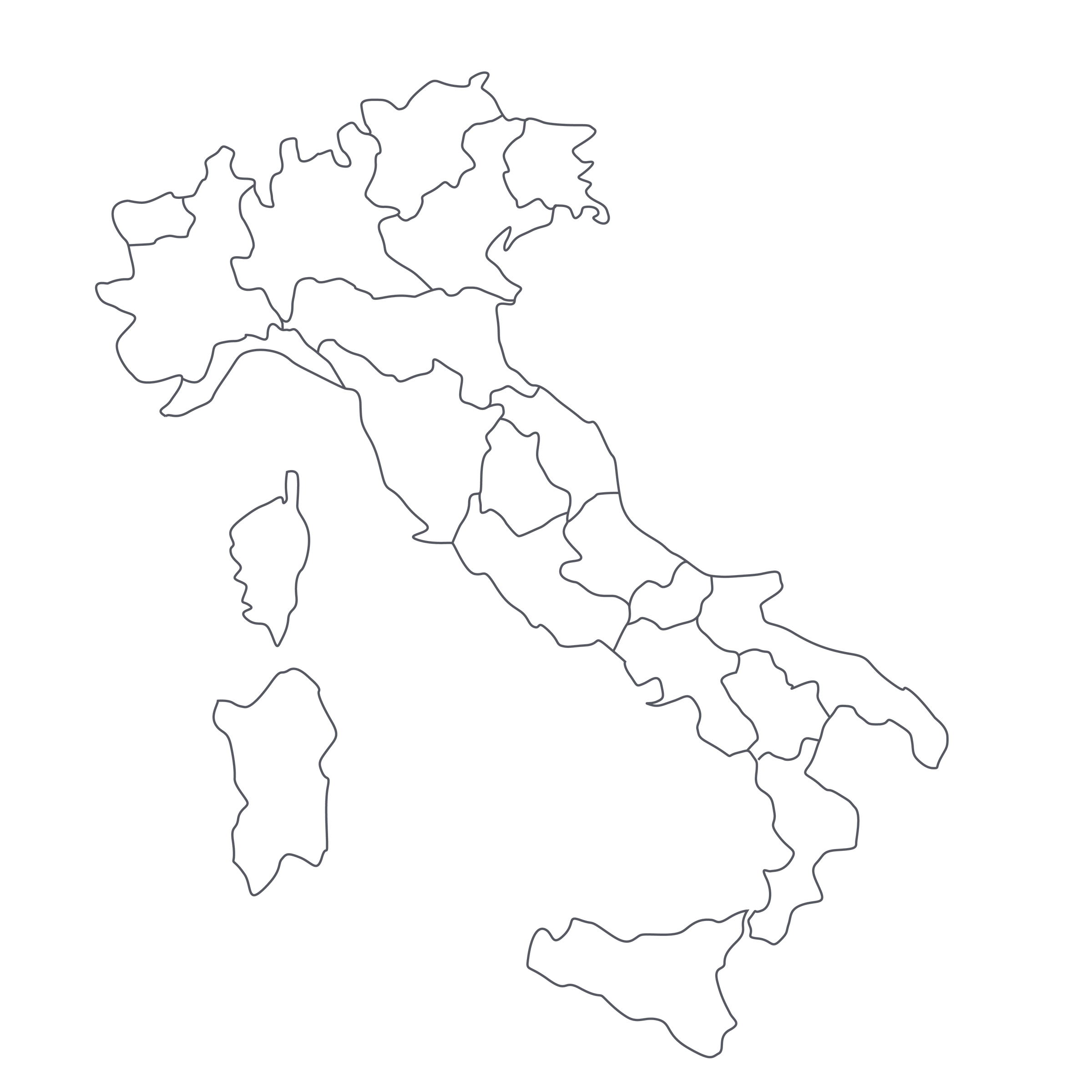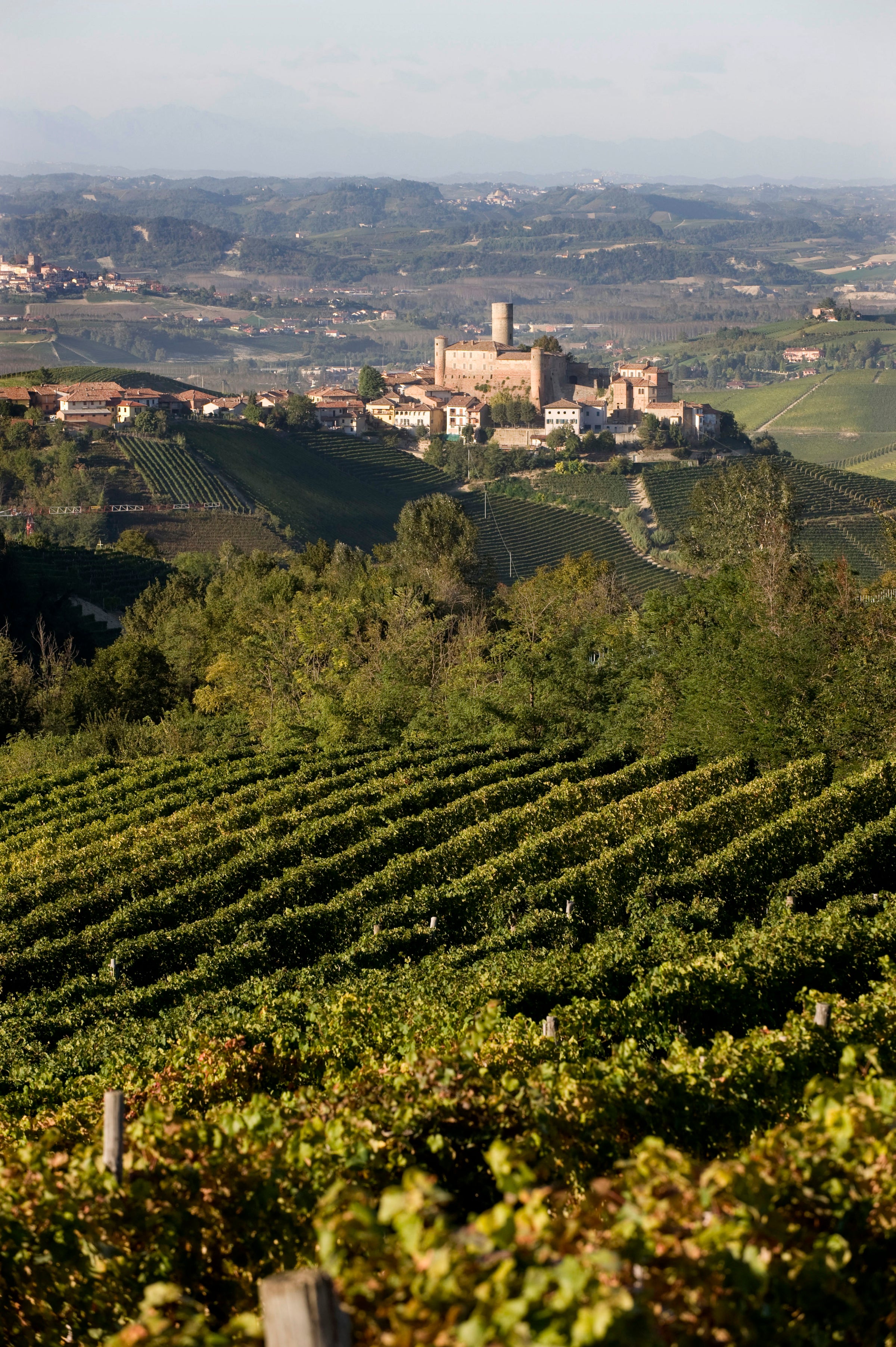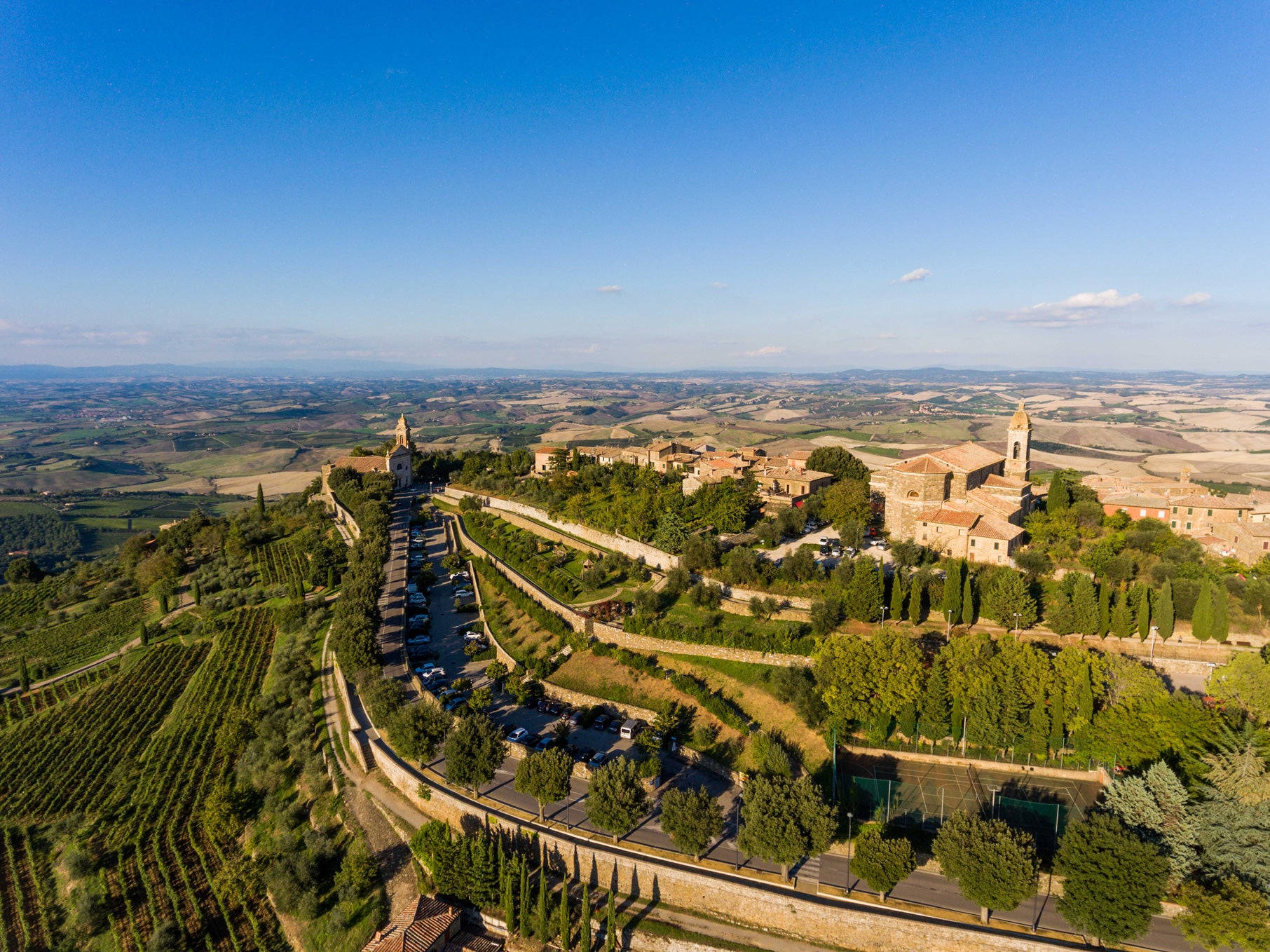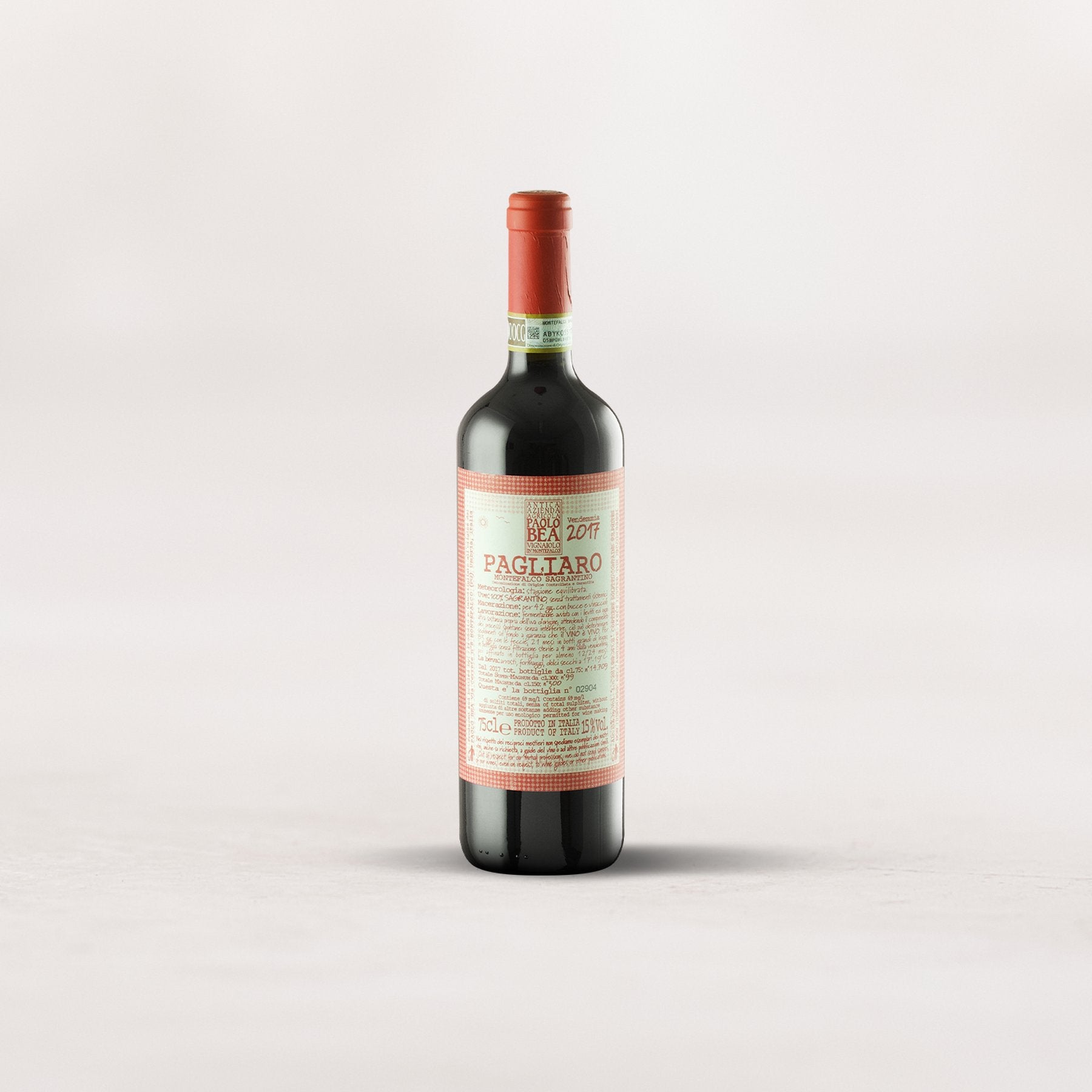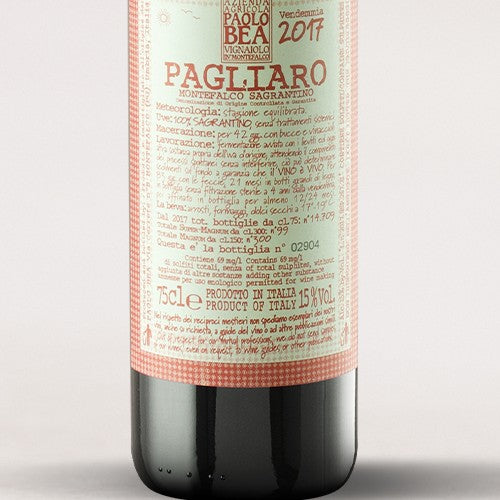Here it is: the quintessential expression of a rare Italian grape variety and the lone appellation in which it is grown. But even outside Montefalco, the picture-book town in central Umbria where Paolo Bea’s family has been rooted since the 1500s, this wine looms large. It is a sought-after trophy wine among restaurant buyers and collectors but also an exemplar of the most ecologically sound methods in both the vineyards and cellar—a “natural” wine long before that was fashionable.
The Bea farm is a place many wine pilgrims have gone out of their way to visit, only to be greeted and fêted by Paolo himself, who may have turned the day-to-day over to sons Giampiero and Giuseppe but is still an active participant in every facet of the operation. And of all the wines Signore Bea might pour for you, his Montefalco Sagrantino “Pagliaro” is the flagship—a single-vineyard powerhouse from the Sagrantino grape, aged four years in tank, barrel, and bottle before release. It ranks among the most age-worthy reds in all of Italy, right alongside the very best Barolos and Brunellos (not to mention French Bordeaux). To put it bluntly, this is a wine you find room for—in your budget and in your cellar. Our “allocation” comes and goes each year in the blink of an eye, so strike while the iron’s hot!
In addition to their five hectares of wine grapes, the Beas grow olives, vegetables, grains, and raise animals as well. It is effectively a self-sustaining organic farm, on which the wine is produced in the most traditional way possible. The “Pagliaro” vineyard sits at about 1,300 feet in altitude and is mostly planted to the Sagrantino grape, which is typically harvested in the second half of October. The Beas are known for long macerations of the grapes on their skins during fermentation—40-50 days—after which this wine is aged for one year in stainless steel; two years in large Slavonian oak casks; and another year in bottle before release. Even with all that “pre-aging” in its home cellar, today’s 2017 is still a dark, brooding, powerfully structured red that gets better over several days open—so don’t rush!
For some subscribers, it might help to place Sagrantino in an “international” context, to give you a sense of what you’re getting here: The two best analogs I can think of are classic, meaty Cornas from the Northern Rhône and Argentine Malbec without the sweet new-oak sheen. Bea’s Pagliaro is a dark, burly red, and one that was bottled unfiltered, with minuscule amounts of sulfur.
In the glass, it displays an opaque garnet-black core and an aromatic profile driven by black fruits, turned earth, and wintry spice: black currant, plum, mulberry, and cassis layered with notes of licorice, dark chocolate, baking spices, wild herbs, roasted meat, coffee grounds, humus, and so much more. It is full-bodied and tannic—a thundering herd of a red that will soften, deepen, and become ever-more-soulful over the next 20+ years. After substantial air, serve it in your biggest, best Bordeaux glasses with a ribeye or other cut of beef with a good char from either the grill or a cast-iron pan. Beat your chest and hoot in celebration. This is a primal wine experience—embrace it!
